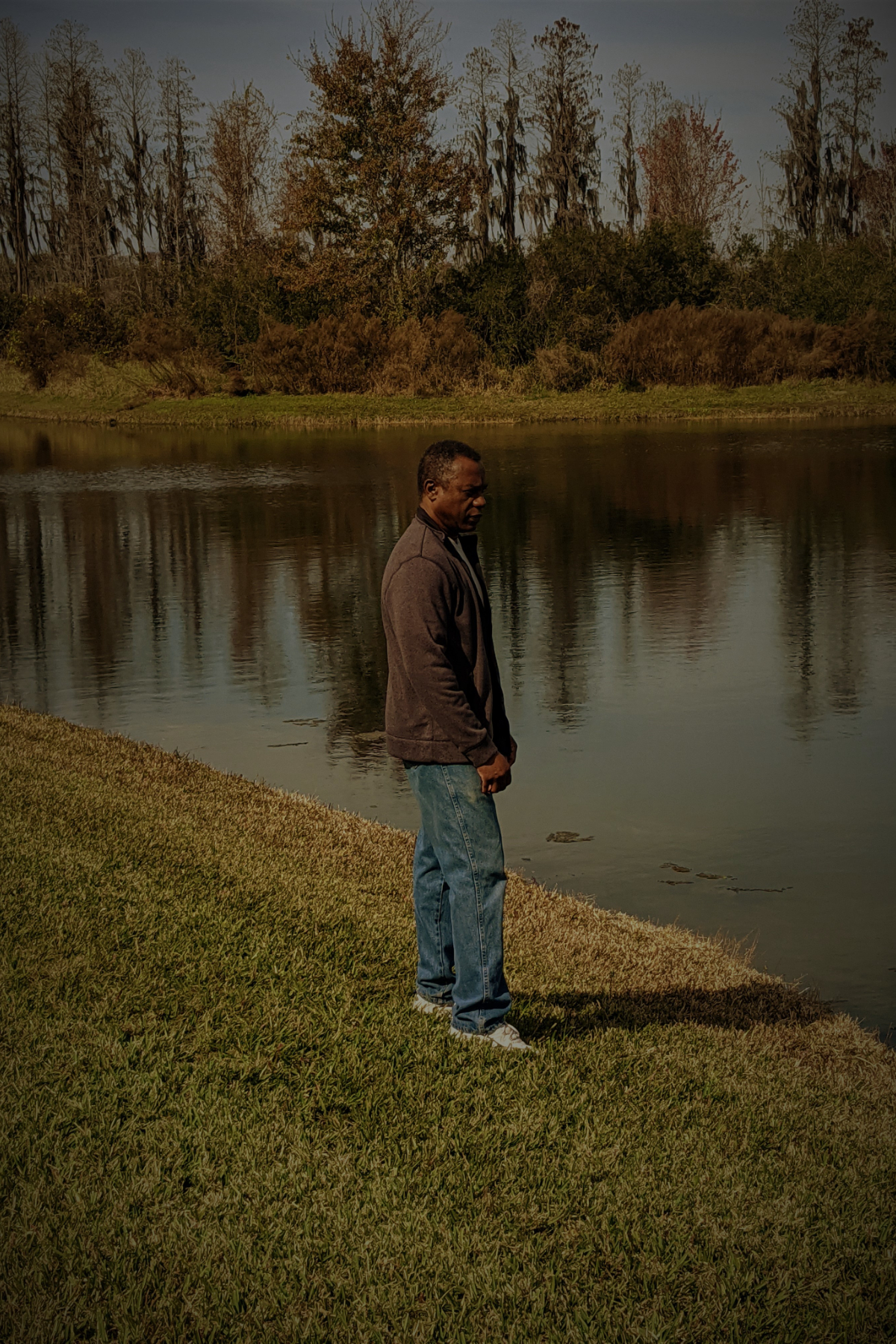In the United States, vaccines are now available and free to all who want them, but vaccine hesitancy and Covid-19 denial have been major obstacles to a return to normalcy. This has led the Biden administration to impose vaccine mandates for institutions under the purview of the federal government, a decision that has angered those who consider such mandates as an attack on their freedom of choice. Of course, many who oppose Covid-19 vaccines claim to do so because of their religious beliefs. A recent survey conducted by Public Religion Research Institute (PRRI) presents an updated picture of the situation on vaccine hesitancy compared to its status as depicted in an earlier post.
New Data Reported by PRRI
The new PRRI report, released on July 27, 2021, is the result of a survey conducted in June as a follow-up to a previous survey conducted in March. The report compares June results to March results. Due to its length, only select items are shown here.
Vaccine Hesitancy: All Americans
The results show that the percentage of Americans who have received at least one dose of vaccine more than doubled between March and June, and that vaccine hesitancy generally decreased. However, there was almost no decline in the percentage of vaccine refusers.

Vaccine Hesitancy and Community Type
Survey data show a significant reduction in vaccine hesitancy for all groups. However, the percentage of vaccine refusers remained fairly steady, with insignificant decreases among most groups.

Vaccination as an Example of Loving One’s Neighbor
The survey results showed that 56% of Americans agree with the statement “Because getting vaccinated against COVID-19 helps protect everyone, it is a way to live out the religious principle of loving my neighbors.” But 42% disagree with the statement. In March, 53% agreed while 44% disagreed. Noticeable was the increase among Hispanic Catholics and Hispanic Protestants of the percentage that agreed with the statement. Also noticeable was the fact that white evangelical Protestants are the only group that saw a decrease in agreement: in June, only 43% of white evangelical Protestants agreed with the statement.

Declared Positions of Christian Denominations on Vaccines
As mentioned above, some attitudes toward vaccines are based on religious beliefs, and some religious leaders have publicly announced that they would provide exemption letters to people who do not wish to be vaccinated. On the other hand, the PRRI survey results indicate that religious influences and faith-based approaches can be effective in changing attitudes toward the vaccines. It is therefore interesting to see where religious leadership stands on the subject for various denominations.
Some Catholics have expressed reservations about vaccines linked to research using cells from aborted fetuses. But the official word from the Vatican is that being vaccinated for Covid-19 is morally acceptable. Pope Francis, who has been vaccinated, said in January that “ethically everyone should receive the vaccine,” and that those who refused to take a vaccine that has been proven to be effective and safe engaged in “a suicidal denialism.”
In September, the pope said he didn’t understand why people refuse to take COVID-19 vaccines, given that “humanity has a history of friendship with vaccines.” He pointed out that the Vatican had vaccinated its residents, staff and their families “with the exception of a very small group” and “they’re studying how to help” the small group. He admitted that “Even in the College of Cardinals, there are some negationists.” He regretfully recognized that one of the cardinals had been hospitalized because of the virus.
Robert Jeffress, a pastor at the 12,000-member First Baptist Church in Dallas, said there is “no credible religious argument” against the Covid-19 vaccines. He added that his congregation was neither “offering” exemption letters nor “encouraging” members to seek out religious exemptions from coronavirus vaccine mandates. He made his position clear on the subject, saying:
“Christians who are troubled by the use of a fetal cell line for the testing of the vaccines would also have to abstain from the use of Tylenol, Pepto Bismol, Ibuprofen, and other products that used the same cell line if they are sincere in their objection.”
It should be noted that Jeffress has been a strong supporter of the 45th president of the United States, and that his position on Covid-19 vaccines is in conflict with the one typically adopted by Trump’s base.
The Greek Orthodox Archdiocese of America declared that “there is no exemption in the Orthodox Church for Her faithful from any vaccination for religious reasons.”
Similarly, the Evangelical Lutheran Church in America, the Church of Jesus Christ of Latter-day Saints, and The Roman Catholic Archdiocese of New York have also declared that they will not support exemption letters. This is in contrast to the Colorado Catholic Conference, which has posted online templates for a letter a priest can sign, in order to make it easier to object to the vaccine on religious grounds.
As shown by the data presented in the previous section, white evangelicals have the highest vaccine refusal rate. However, the International Mission Board, which is the global agency of the Southern Baptist Convention, announced this month it is requiring vaccinations for missionaries sent into the field during the pandemic. The IMB became the first US missionary agency to have such a mandate in recognition of health concerns and the fact that various countries in which their missionaries operate have been imposing mandates.
Following One’s Conscience
If there is no credible religious argument against the Covid-19 vaccines, then those who refuse to get vaccinated can only cling to the argument about individual freedom, which is a political one. Some political leaders have been arguing that mandates violate freedom of conscience. But the consciences of religious people should be primarily shaped by the religious doctrines they adhere to. To Christians, it is difficult to imagine anything more important than the call to love one’s neighbor. Therefore, it is surprising that the last chart above does not show higher percentages.







Leave a Comment